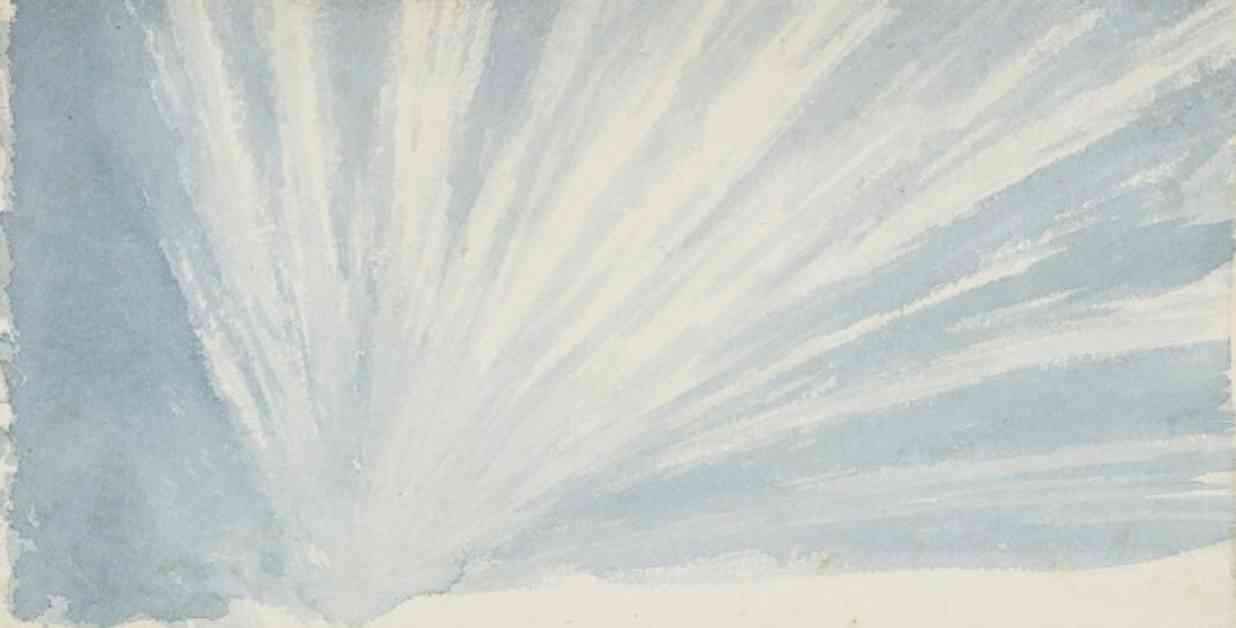The Impact of Forests on Environmental Conservation and Biodiversity
The world is at a pivotal moment in history, with environmental conservation and biodiversity preservation taking center stage. The crucial role of forests and trees in this narrative cannot be understated. From the Huntington Library to the Broad Museum, institutions are grappling with how to bridge the gap between viewers and the natural world through art.
Connecting Art, Science, and Nature
The recent initiatives by PST ART, such as “Art & Science Collide” and exhibitions like “Breath(e): Toward Climate and Social Justice” and “Storm Cloud: Picturing the Origins of Our Climate Crisis,” showcase the intersection of art, science, and nature. While the science behind climate change is clear, art adds a layer of complexity and emotion to the conversation.
John Constable’s cloud studies and Luke Howard’s scientific classification of clouds highlight the evolving relationship between art and science in the nineteenth century. These works not only provide visual representations of nature but also serve as a reminder of the impact of human activity on the environment.
Reimagining Nature in Urban Spaces
In urban settings like Los Angeles, initiatives like “Social Forest: Oaks of Tovaangar” aim to reintroduce native species like oak trees into the landscape. Inspired by Joseph Beuys’s “7,000 Oaks” project, these efforts symbolize a step towards reconnecting communities with the natural world.
However, the scale of these projects raises questions about the true impact they can have in combating environmental crises. While planting a hundred trees is a positive step, the urgency of the situation demands larger, more ambitious undertakings.
Redefining the Role of Art in Environmental Activism
As we navigate the complexities of environmental conservation and biodiversity preservation, it is essential to rethink the role of art in activism. Artists like LaToya Ruby Frazier and Joseph Beuys challenge us to consider how art can be a catalyst for change and a bridge between people and nature.
Ultimately, the future of environmental conservation lies in our ability to forge meaningful connections with the natural world. By closing the distance between art, science, and nature, we can create a more sustainable and harmonious relationship with the environment.
Red Cameron’s reflections offer a poignant reminder of the transformative power of art in the face of environmental challenges. As we navigate these uncertain times, let us remember that every action, no matter how small, has the potential to make a difference in the fight for a greener, more sustainable future.












